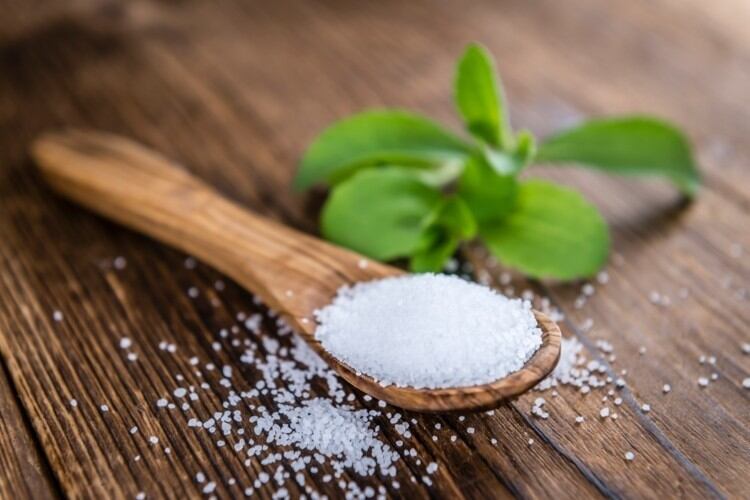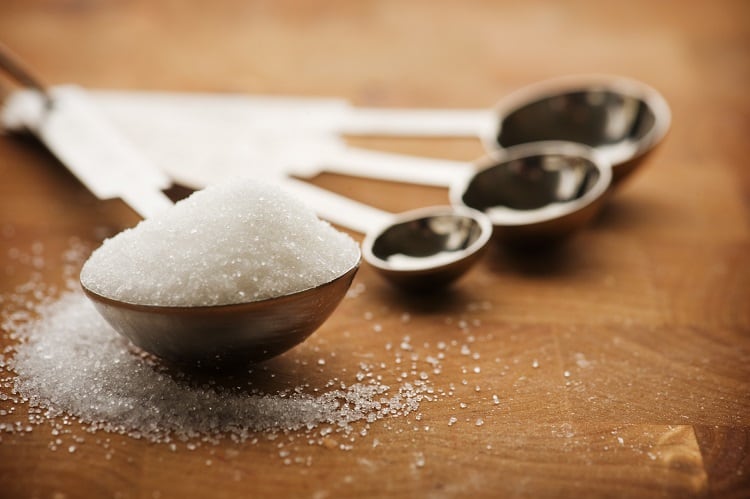The stevia ingredient space has witnessed a number of recent technological advances unlocking the development of next generation steviol glycosides that offer a reduced bitter aftertaste.
New technologies have enabled the sustainable production of steviol glycosides, including Reb M, Reb E and Reb D. These steviol glycosides offer a better sensory profile and cleaner taste more akin to that of sugar but are found in smaller amounts in the stevia leaf.
The new Framework sees Codex approve four technologies for stevia production: stevia leaf extract, steviol glycosides from bioconversion, steviol glycosides from fermentation and glucosylated steviol glycosides.
Boosting international access to next gen stevia
The Codex Alimentarius Commission develops and adopts food standards that serve as a reference for international food trade. Its mission is to protect consumer health, coordinate international food standards work and ensure fair international food trade.
The organisation’s new framework on stevia means that there is now a more streamlined approach to regional adoption of new production technologies.
According to Maria Teresa Scardigli, director of the International Stevia Council, the decision ‘benefits the entire stevia industry’. The Framework, according to ISC, will enable ‘greater access to the full range of stevia ingredients’ for a ‘significant proportion of the world’.
“The Framework approach ensures that business operators can put steviol glycosides produced through their various technologies on the market without submitting new dossiers, provided they fulfil the defined criteria and specifications per technology,” said Scardigli. “This is based on the authorities’ review of the production technology, ensuring the highest level of safety, purity and quality is achieved for the final steviol glycoside ingredient put on the market.”
Extending the reformulation toolkit to meet consumer demand
The green light from Codex for these new production technologies will provide global product formulators with better access to less common next gen stevia strains like Reb M, Reb E and Reb D at scale.
According to supplier Sweegen, this is particularly relevant given the public health agenda to reduce sugar consumption and develop better-for-you packaged food and beverages.
“The new Codex framework is timely as the benefits of steviol glycosides, the sweet component in the stevia leaf, fit into the broader health and wellness narrative, which is something consumers want to see more of, and global food and beverage manufacturers want greater access to,” said Luca Giannone, senior vice president of sales.
“With this framework, most countries in the world will gradually adopt this standard, and our global stevia footprint can expand more rapidly into countries where we are seeking approval for … ingredients produced by bioconversion.”
Consumer demand for stevia continues to grow. Data from Innova shows that global product launches with stevia have increased by 21.9% CAGR over the past 10 years.
Beverage is the leading category for new product launches with stevia, while sports nutrition, supplements, dairy, snacks and confectionery are also seeing ‘significant growth’. New emerging categories include desserts, ice cream, bakery products and cereals.
The majority of product launches in the last decade have taken place in North America, Asia and Western Europe. But there has been an increase of more than 35% of new product launches with stevia in regions such as Eastern Europe, Australasia, Africa and the Middle East in this same time period. “The adoption by Codex will open more markets for the use of stevia,” ISA predicted.




